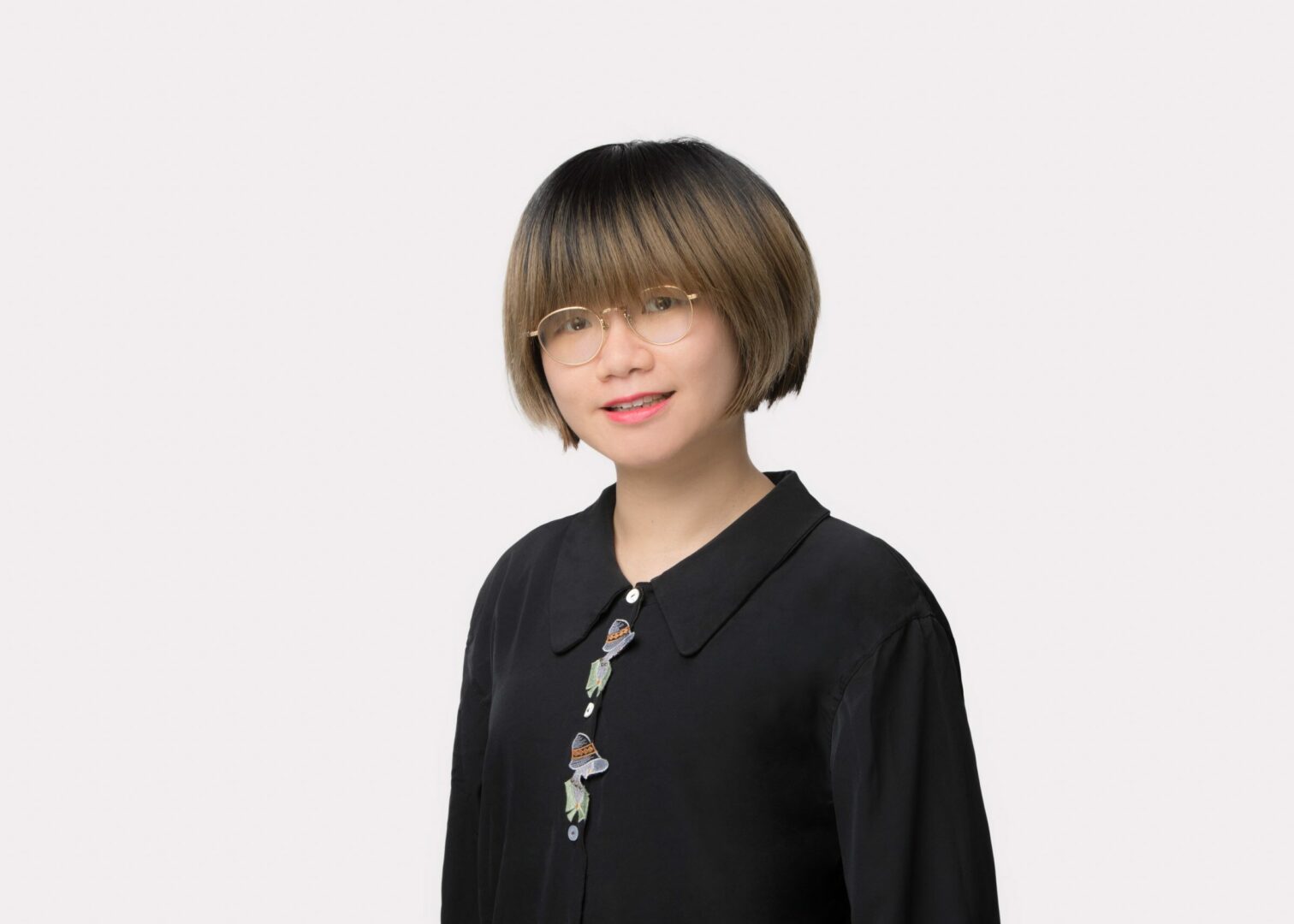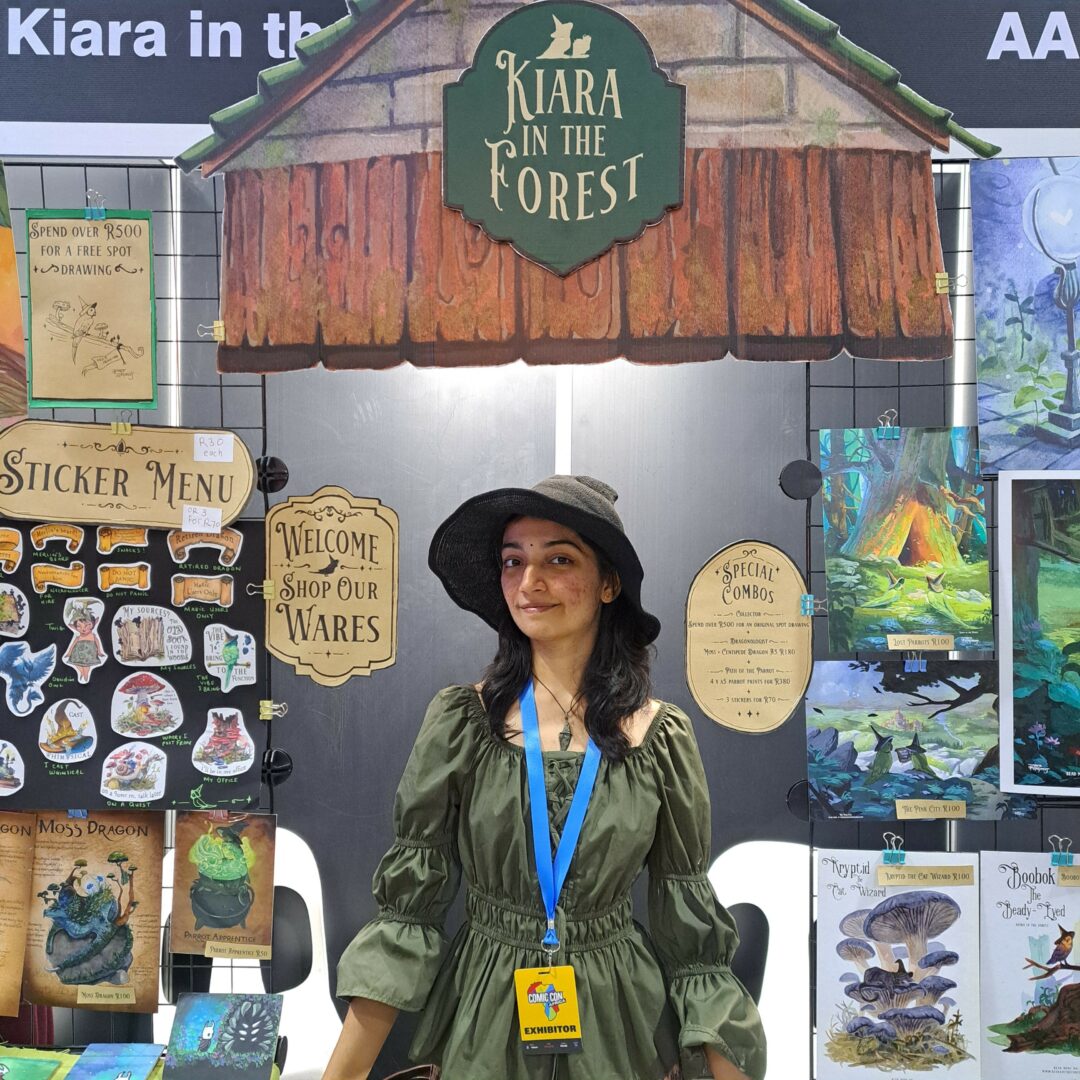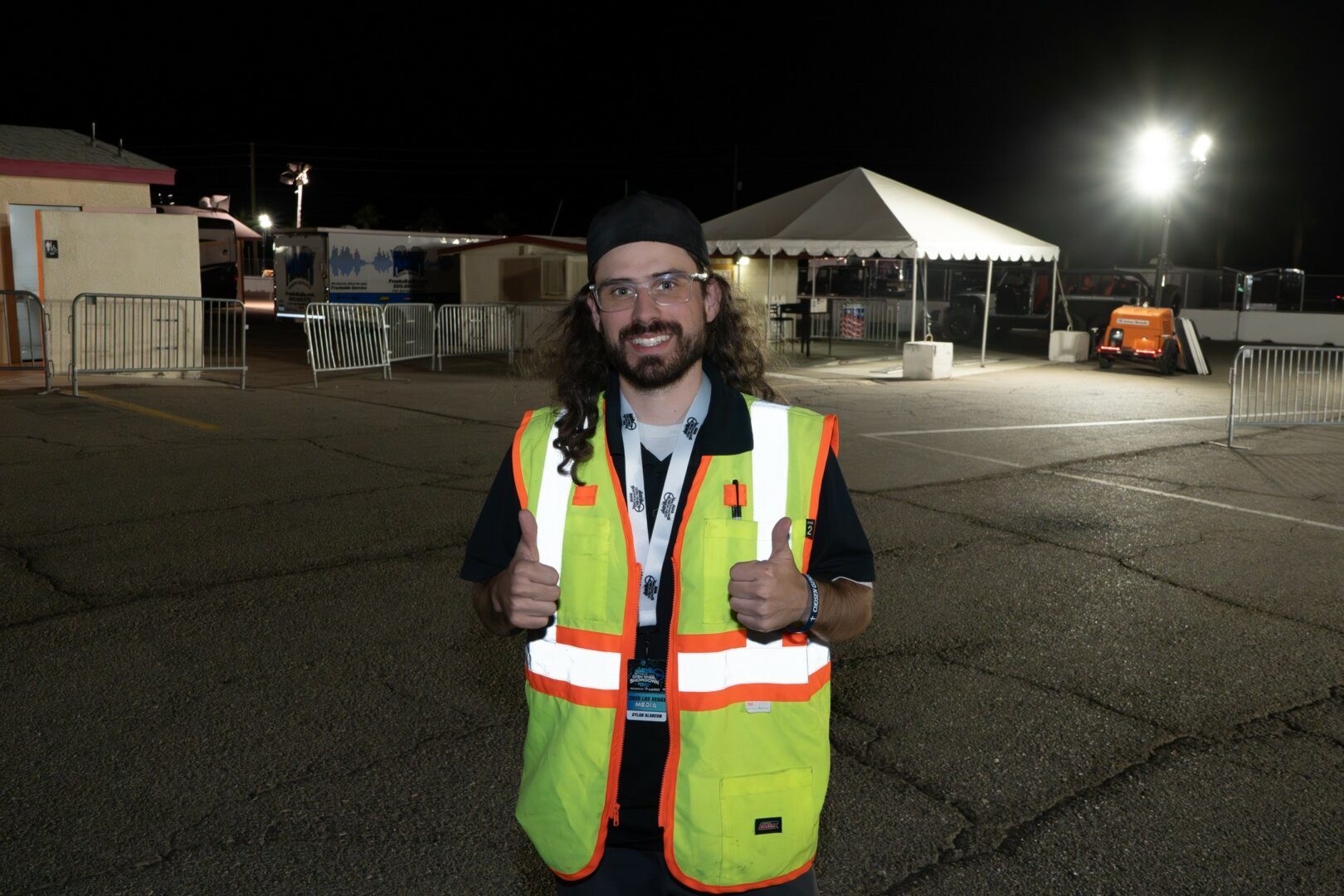Alright – so today we’ve got the honor of introducing you to Crystal Law. We think you’ll enjoy our conversation, we’ve shared it below.
Crystal, we’re thrilled to have you sharing your thoughts and lessons with our community. So, for folks who are at a stage in their life or career where they are trying to be more resilient, can you share where you get your resilience from?
Resilience, for me, didn’t come naturally — it was something I had to build, one rejection at a time. In school, I was told by many teachers that I wasn’t good enough. At home, my parents rarely acknowledged the effort I put in. That lack of validation made me feel invisible, so I made a big decision to leave home and move to America when I was 21. I didn’t just want to study — I wanted to discover who I was beyond all the labels and doubts.
But even after graduating, I moved to New York City, and the rejections didn’t stop. I struggled to find a job — partly because I wasn’t local and partly because I’m introverted. It was easy to feel disappointed. But every ‘no’ made me more determined to improve and be stronger. I started working hard on both my skillset and soft skills — learning how to communicate better, collaborate, and step outside of my comfort zone, and slowly, things changed.
Now, I feel in control of my career. I’ve learned to turn rejection and fear into motivation. Even today, that quiet fear of not being good enough still exists — but instead of letting it hold me back, I let it drive me. It pushes me to keep growing and keep showing up. That’s where my resilience comes from — not from never falling, but from getting back up every single time.
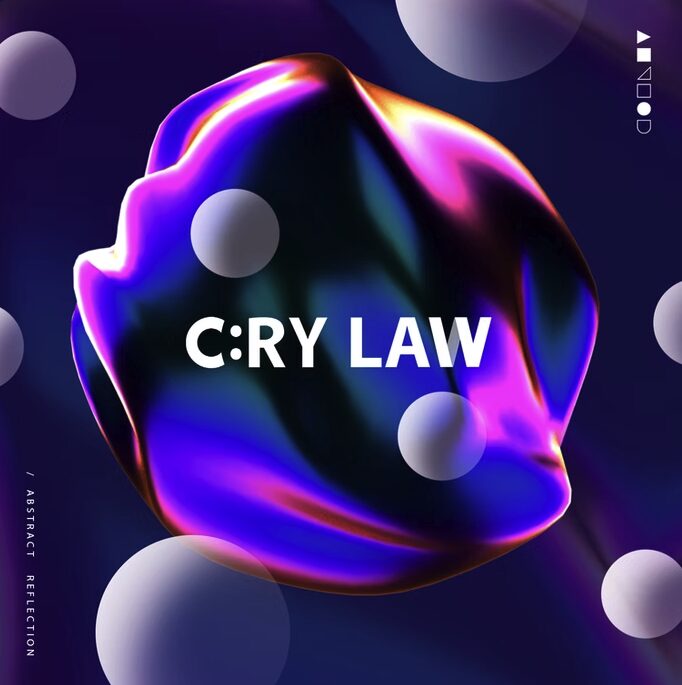
Thanks, so before we move on maybe you can share a bit more about yourself?
I’m currently a Senior UX Motion Designer at Adobe, where I bring digital product experiences to life through motion. What I love most about this work is how motion can make a design feel more intuitive, connected, and delightful. That little spark of movement can guide someone through an interface, make them smile, or help them understand something faster. That’s the magic of motion in UX — subtle but powerful.
Before transitioning into the UX design field, I started my career as a Visual Effects (VFX) artist and motion designer, where I worked on creating 3D models, compositing, and crafting cinematic visuals. One of my early roles was creating immersive experiences that blended storytelling, creative technology, and physical space. Those experiences taught me how to think spatially and emotionally — how to guide people’s attention, create connections, and evoke feelings through movement and design. That foundation in VFX and motion shaped how I approach UX motion today: it’s about designing not just for usability but for experience.
Outside of my full-time work, I sometimes freelance for different agencies, focusing on motion design for various creative projects — from campaigns and storytelling to 3D design. I enjoy using animation to shape narratives, build identities, and elevate how ideas are experienced.
I’m excited to continue growing my technical and soft skillset. I’ve also been a mentor for over a year, sharing my journey of transitioning from a traditional motion design background into the UX design field, as well as my experience navigating the industry as an international creative in the U.S. It’s important to me to give back to the community and help others who might be going through similar paths.
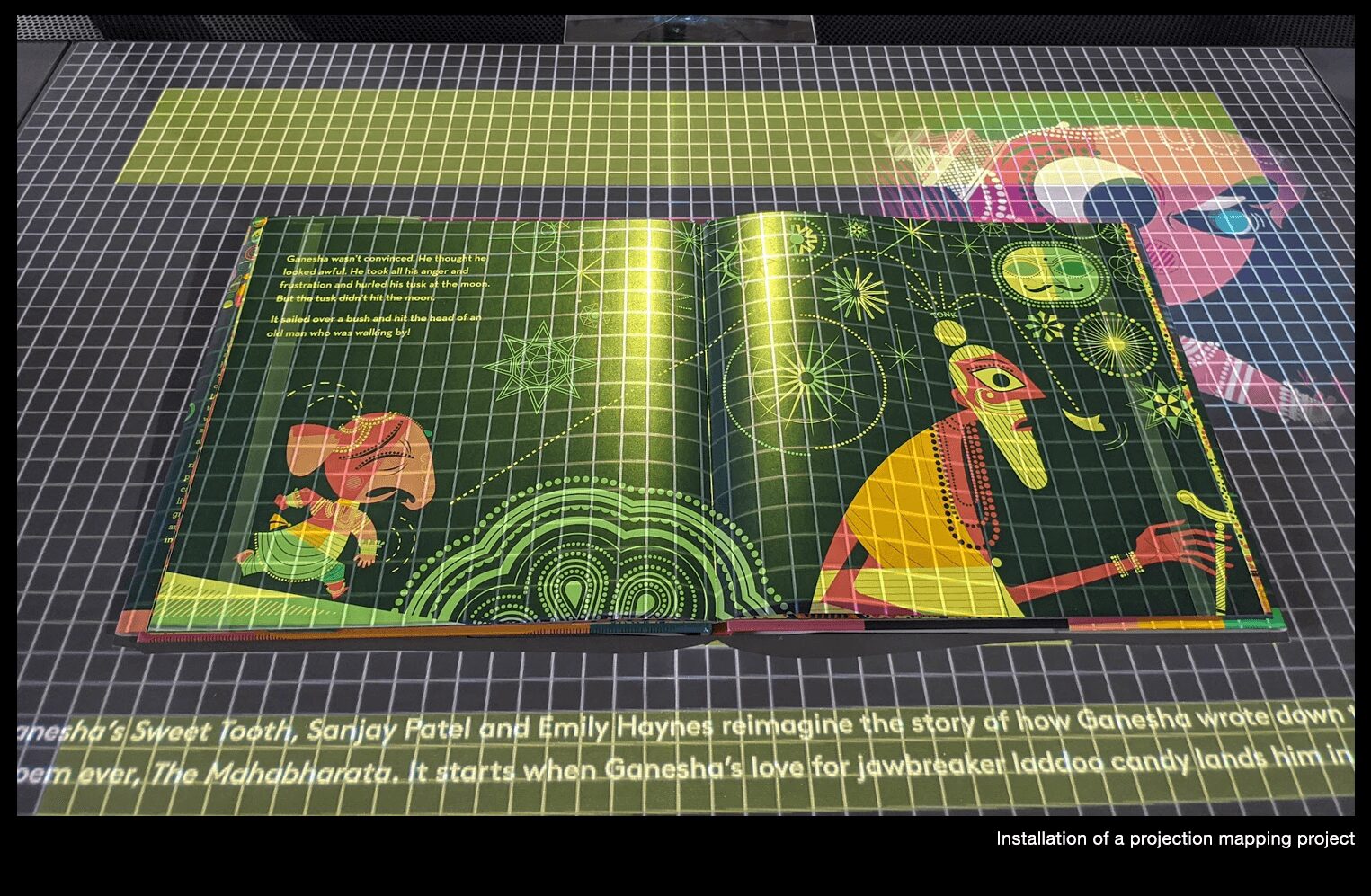
If you had to pick three qualities that are most important to develop, which three would you say matter most?
Reflecting on my journey, the most important thing has been persistence. Don’t be afraid of failure or rejection. Every “no” I received became a reason to try again — not a reason to stop. It’s easy to feel discouraged, but pushing through those moments builds resilience and momentum. One day, you’ll look back and realize how many hurdles you’ve already crossed.
The second key is continuous learning. In creative industries, things evolve so quickly. I’ve made it a priority to stay curious and keep growing, whether that means learning new technical skills, exploring different tools, or diving into unfamiliar areas of design. Staying adaptable has allowed me to step into roles and opportunities I never imagined when I first started.
And third, connection is essential. As an introverted Asian growing up, I was taught to be humble and not bother others, so in my early days, I hesitated to reach out, even when I really needed guidance. It took time for me to understand the value of asking for help and building professional relationships. Don’t be afraid to connect! The creative community is incredibly generous and supportive, as I’ve gained so many valuable insights and opportunities just from having honest conversations.
So to anyone starting: keep going, keep learning, and don’t be afraid to reach out. Your path may be uncertain at times, but your persistence and growth will shape it into something powerful in the future.
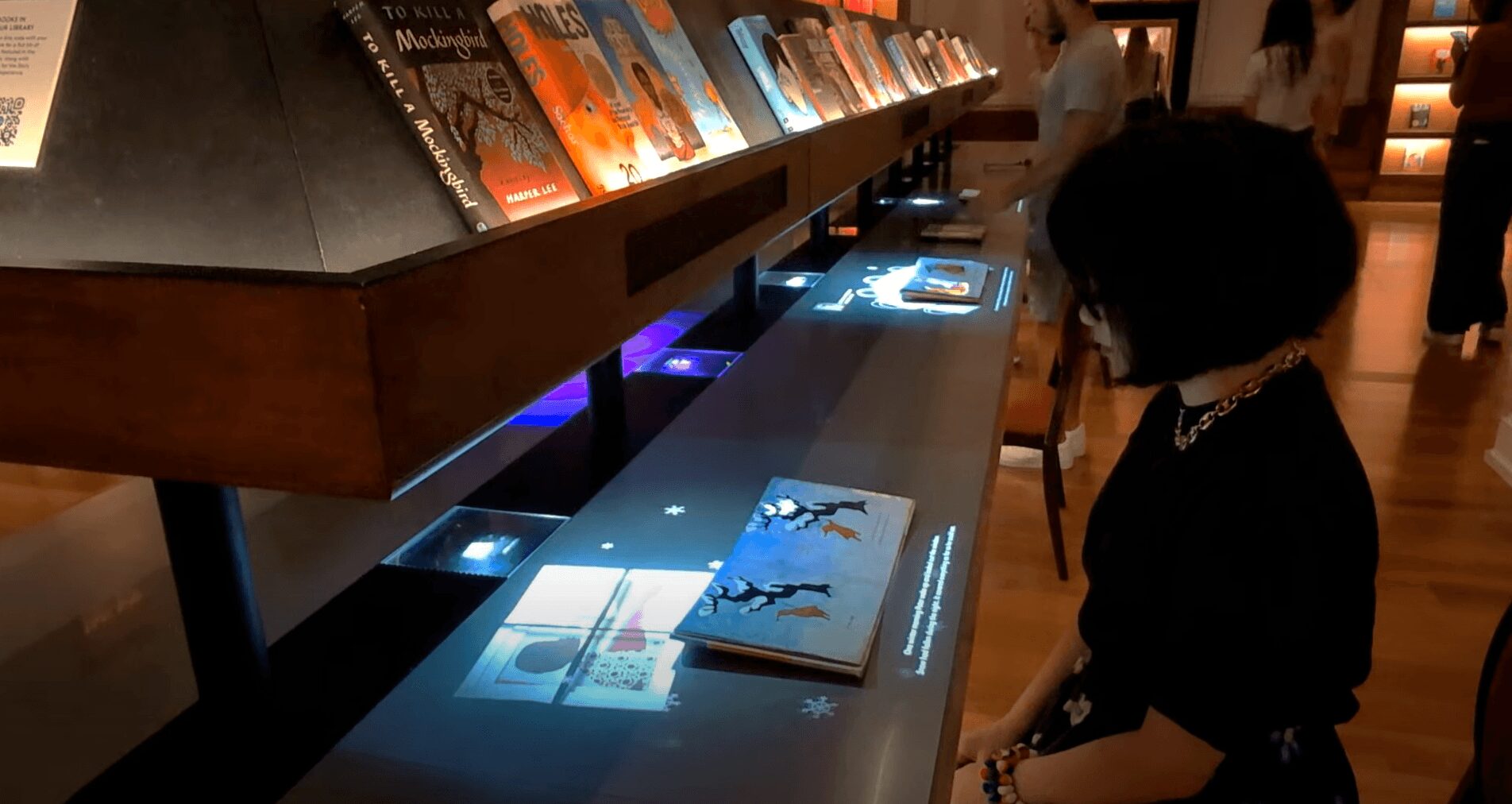
Is there a particular challenge you are currently facing?
One of the biggest challenges I’m currently facing is the niche nature of UX Motion Design. Compared to roles like product designers or video-based motion designers, this field is still relatively young — and not many companies have fully established roles for it yet. There also isn’t a lot of standardized guidance or widely available resources, which can make it harder to define the value of the role in a clear, consistent way.
Because of that, one of my ongoing goals is to create visibility and clarity around my skillset in a product company. I spend a lot of time communicating with my cross-functional partners to help them understand my process, what motion can bring to the user experience, and how my work supports the broader success of the team. It’s about bridging the gap — not just creating animations but educating others on how motion can improve usability, emotional connection, and product flow.
Another goal is to build motion design systems that feel native and cohesive to a brand — not just added on but fully integrated into its voice and product experience. I believe motion, when done right, can bring a brand to life in a way that’s both functional and delightful.
In many ways, this challenge is also an opportunity to help define the role, set new standards, and shape the future of UX motion design.
Contact Info:
- Website: https://www.crystallawvfx.com
- Linkedin: https://www.linkedin.com/in/crylaw20/
- Other: https://adplist.org/mentors/crystal-law
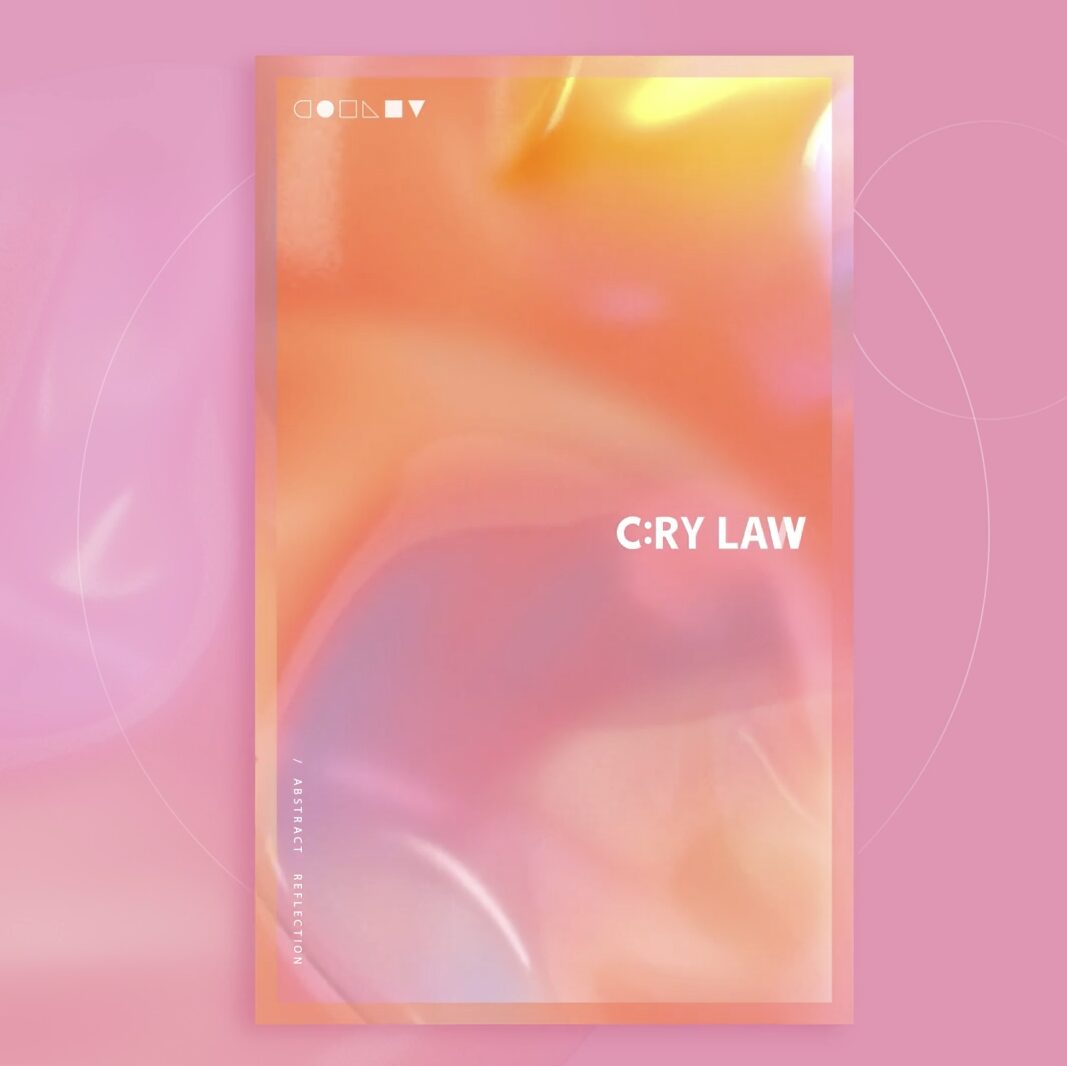
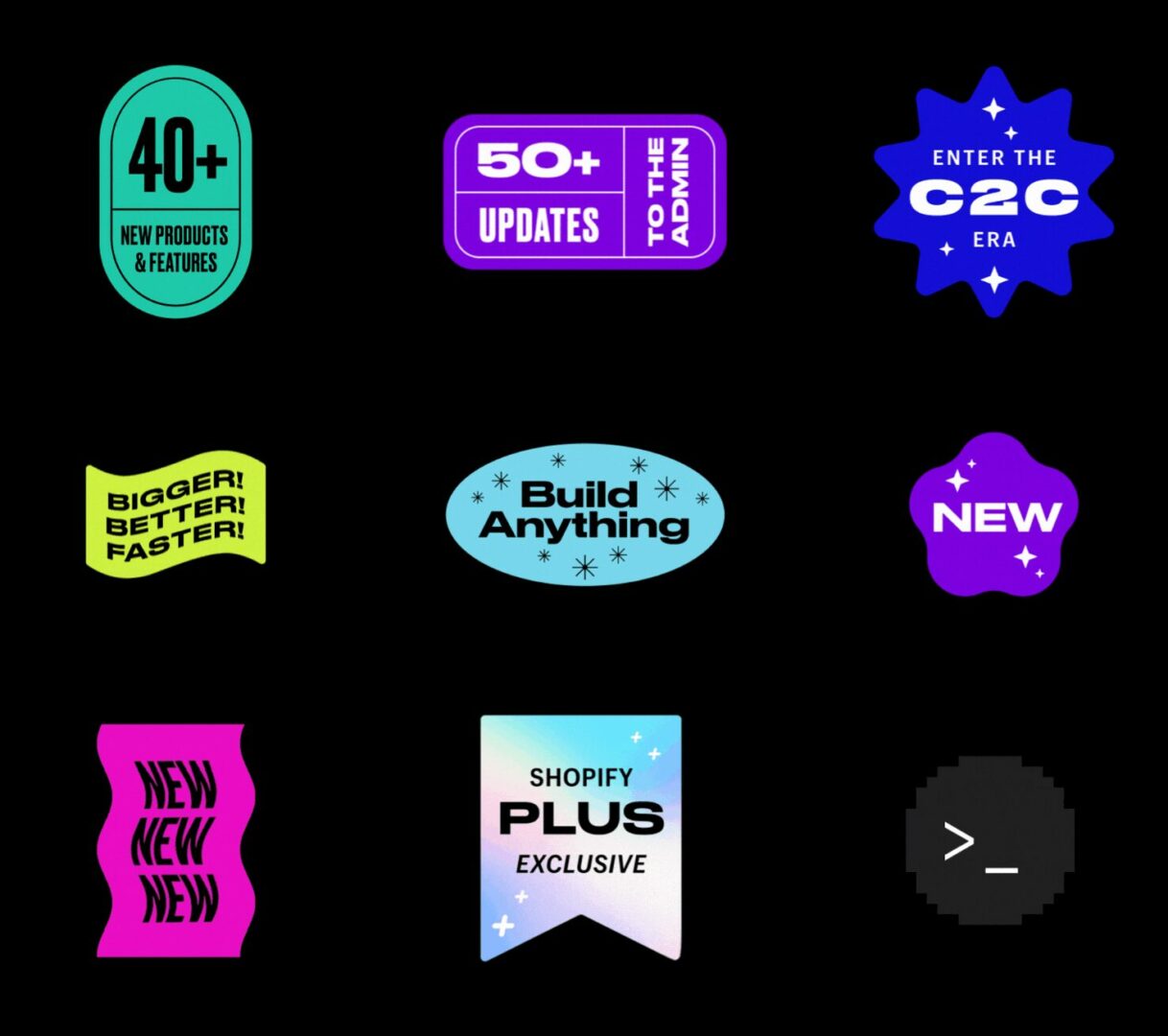
so if you or someone you know deserves recognition please let us know here.

